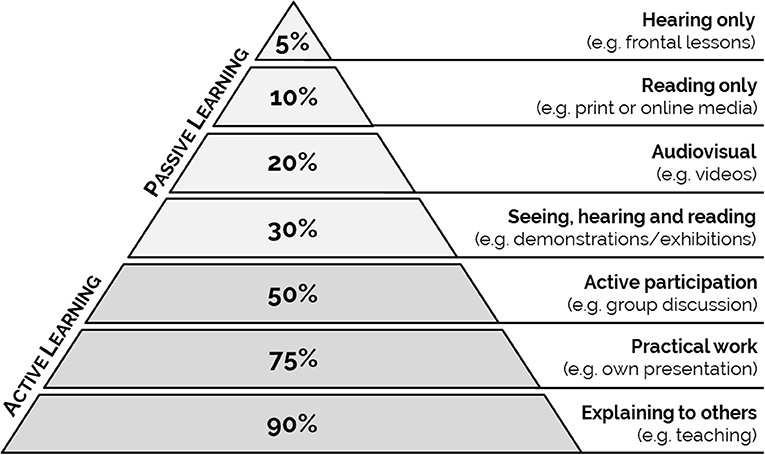- June 25, 2025
- 8:39 am
In the world of education, retention and self-improvement, two dominant learning styles often come up: passive learning and active learning. While both have their advantages and disadvantages, understandingthe difference between them can help you learn faster, retain more information, and apply knowledgefor your self-improvement in a more effective way

But which method is better? Does passive learning still hold value, or is active learning emerging as the undisputed champion? Let’s analyse in detail.
Passive learning is a traditional, lecturer-led approach where the student absorbs information without any effort or direct engagement. It’s a one-way flow of knowledge, like listening to a lecture, reading a textbook, or watching a documentary.

Examples of Passive Learning:
Pros of Passive Learning:
1) Easy to consume – No extra effort is required beyond listening or reading.
2) Good for introductory knowledge – Helps build a basic understanding of a topic.
3) Scalable – Works well in large classrooms or online courses.
Cons of Passive Learning:
1) Low retention rates – Studies show people forget up to 90% of passive learning material in the next 24 hours.
2) Limited engagement – Leads to zoning out or "enter through one ear, out from the other ear" syndrome.
3) Less application – Harder to use knowledge in real-world situations.
Active learning is a hands-on, participatory approach where the student engages with the subject through discussion, practice, and problem-solving. Instead of just consuming information, you interact with it—asking questions, discussing with others, or applying concepts in real-time and situations.

1) Higher retention – Research shows active methods improve memory by 50-70%.
2) Better critical thinking – Encourages deeper understanding of the subject and its application in real-life situation.
3) More engaging – Reduces boredom and increases motivation.
1) Requires more effort – Active consumptionrequires more effort than passive consumption
2) Can be slower initially – Takes time to process and engage with the material.
3) Not always feasible – Some topics may still need passive introduction, especially with less time.
Multiple studies, including one from the National Training Laboratories, found that retention rates vary drastically between learning methods:
This "Learning Pyramid" shows why active techniques (like teaching or practicing) lead to much better results results than passive ones.
How to Make Passive Learning More Active
Not all learning has to be 100% active—sometimes, passive methods are necessary. But you can boost retention by adding active elements. These can be done as follows: -
1. Take Notes & Summarize
Instead of just reading, write key points in your own words. This forces your brain to process information.
2. Ask Questions
After a lecture or video, pause and ask:
What was the central idea behind this topic?
How can this be applied in real-life situations?
Is there still any doubt?
3. Use the Feynman Technique
Explain what you’ve learned as if teaching a 5-year-old child. This explains your true understanding.
4. Apply Knowledge Immediately
If you’re learning a skill (coding, language, etc.), start practicing right away instead of just watching tutorials.
5. Test Yourself
Instead of passively rereading notes, actively try to recall information from memory. This could involve flashcards, free recall (writing down everything you remember), or answering practice questions. When Is Passive Learning Useful?
Despite its lower retention, passive learning is useful for:-
1)Introducing new concepts:
Passive learning, like lectures or presentations, can effectively introduce new topics and provide a basic guide to a subject.
2)Building foundational knowledge:
It can be a good way to establish a basic understanding of a subject before diving into more
complex concepts.
3)Efficient information delivery:
Passive learning can be efficient for covering a large amount of material in a relatively short time, especially when the goal is to convey facts and information .
4)Language acquisition (listening):
Listening to podcasts or audiobooks in a new language, even without actively trying to understand every word, can help learners familiarize themselves with the sounds and rhythms of the language.
5)Structured learning environments:
Passive learning is beneficial in structured learning environment where the instructor needs to maintain control and deliver information in a continuous manner.
The key is balance—use passive learning for exposure and active learning for mastery.
Final Verdict: Which Should You Use?
Action Step:
Next time you study, spend at least 50% of your time on active methods (summarizing, quizzing, Applying, practicing). You’ll be amazed at how much more you remember!
Feature Post
Popular Post
Browse Category
Subscribe News Letter